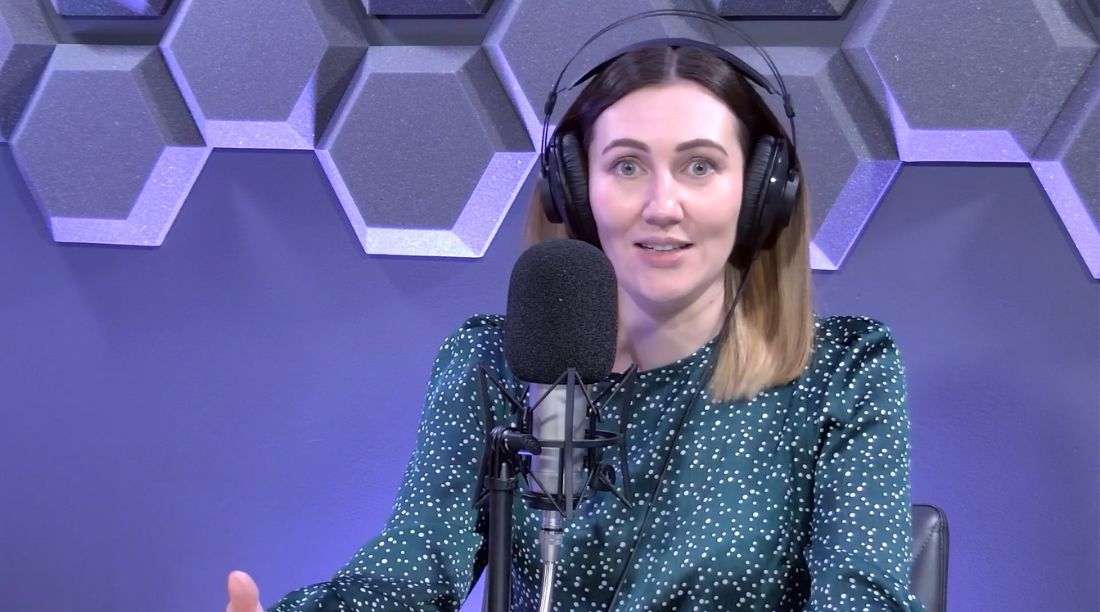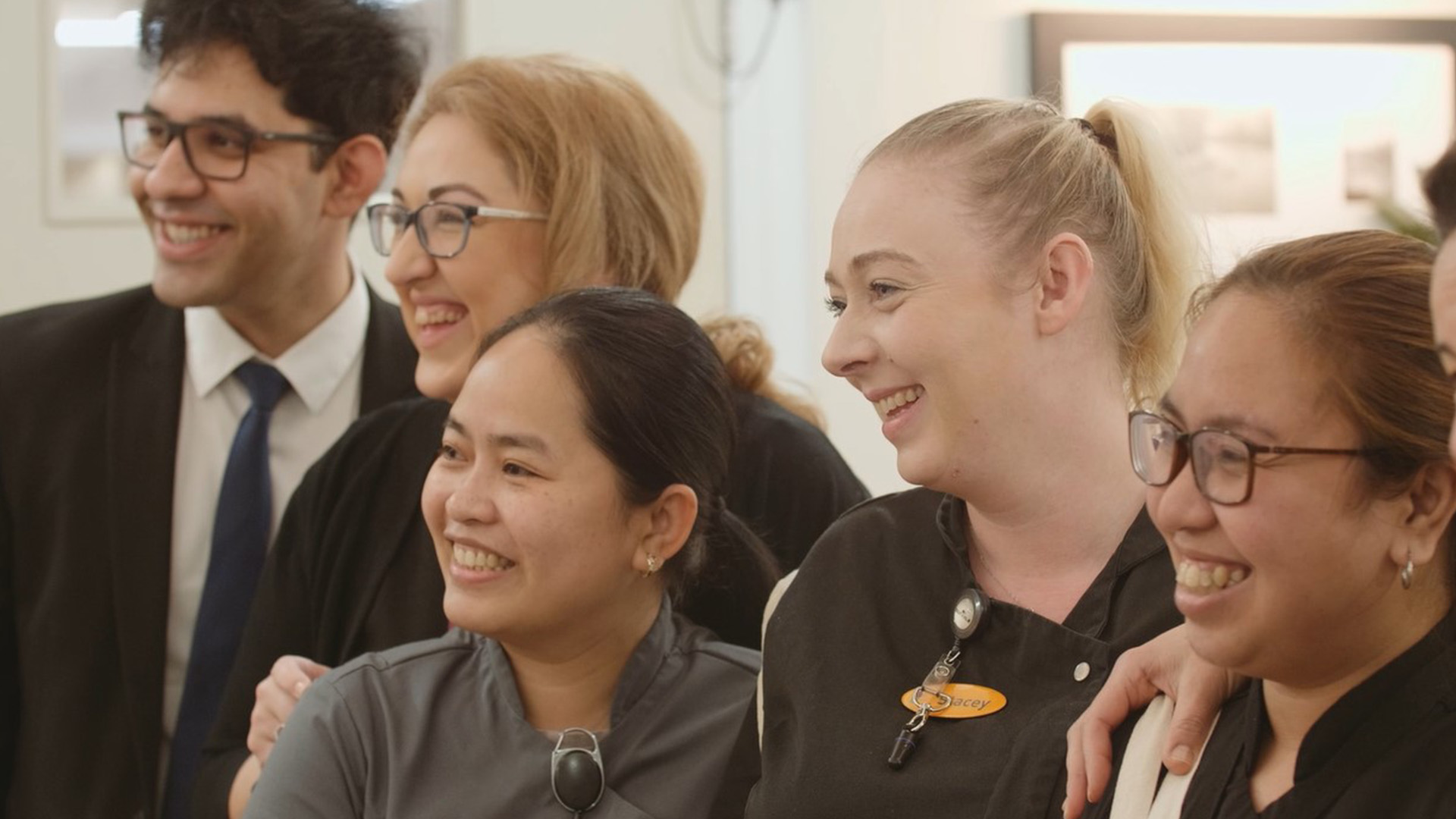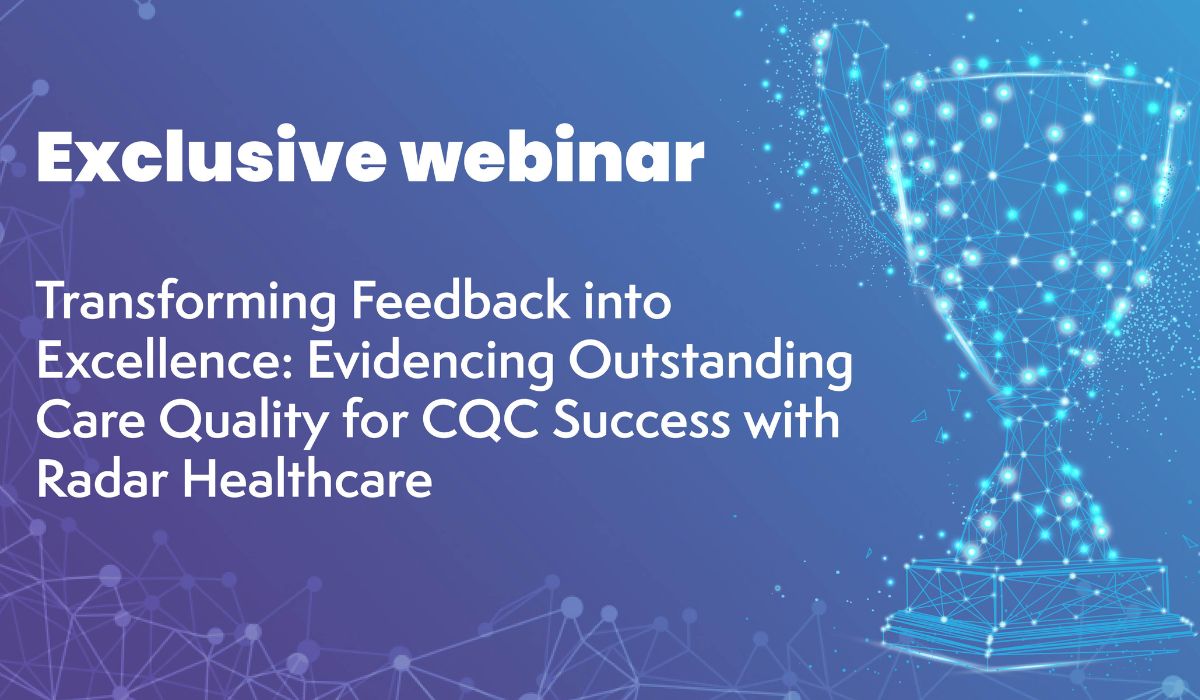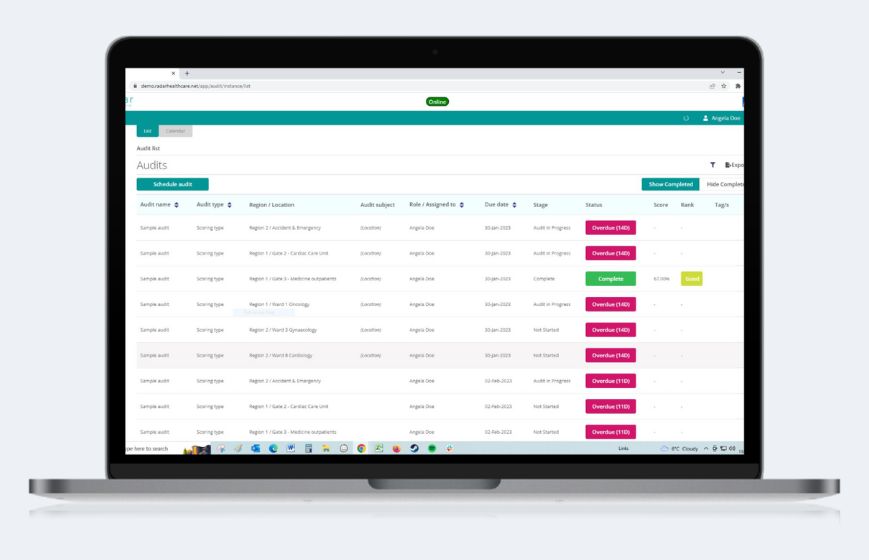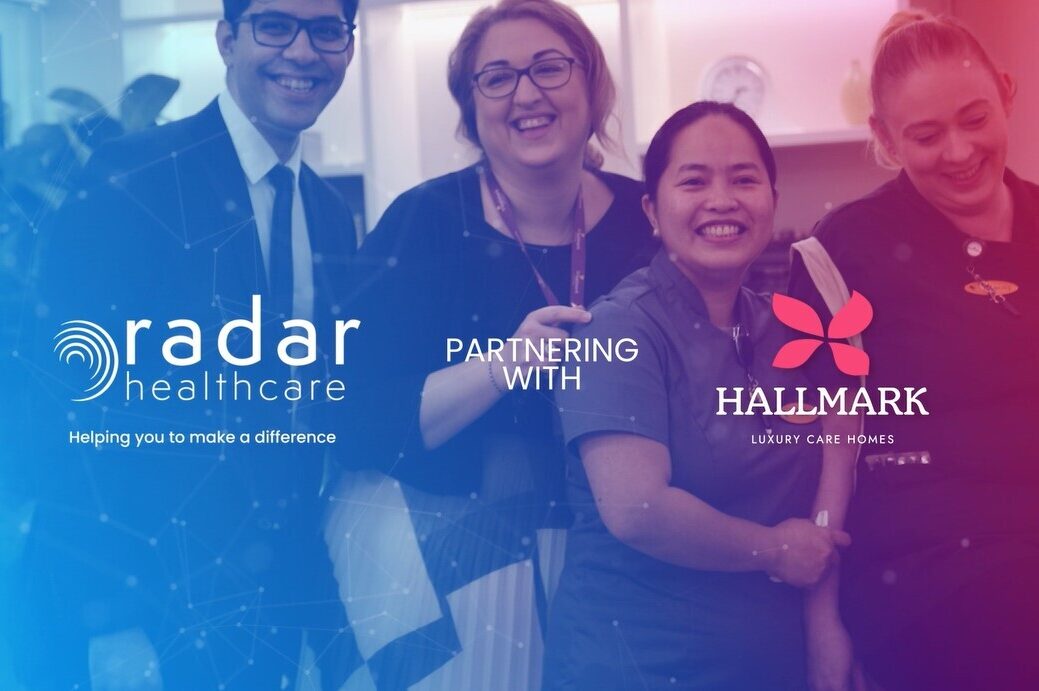
How Hallmark Luxury Care Homes Meets CQC Regulations with Radar Healthcare
Enhancing CQC Compliance: Insights from Hallmark Luxury Care Homes and Radar Healthcare
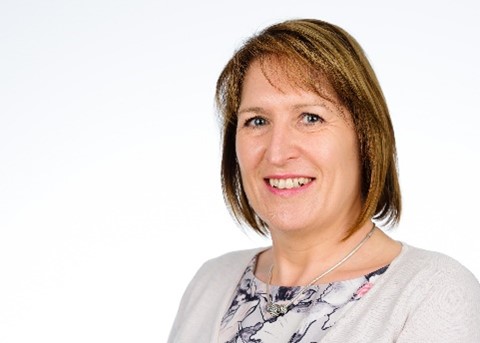 Feedback’s role in meeting the latest CQC (Care Quality Commission) regulations, and contributing to achieving a Good or Outstanding rating, has been a popular topic within the health and social care industry recently.
Feedback’s role in meeting the latest CQC (Care Quality Commission) regulations, and contributing to achieving a Good or Outstanding rating, has been a popular topic within the health and social care industry recently.
At the Care Show London, Julie Rayner, Care Quality Governance and Compliance Director at Hallmark Luxury Care Homes, shared valuable insights alongside a panel of experts. They delved into the CQC’s new framework, its challenges and opportunities, and strategies for success.
In this interview, we explore Julie’s views on the new CQC regulations and how Radar Healthcare is improving feedback collection and driving compliance excellence…
Transforming Care Oversight with Enhanced Visibility and Feedback Management
Julie explains, “The implementation of Radar Healthcare has significantly enhanced our oversight capabilities and overall impact on care management. Previously, our regional care specialists lacked visibility into overdue steps within individual homes, hindering their ability to effectively monitor progress and enforce necessary actions.
With Radar Healthcare, the increased visibility has had a significant impact, enabling team members to identify and address overdue steps more efficiently. Moreover, the platform facilitates a more streamlined approach to managing feedback, with one home logging an impressive 1,000 pieces of positive feedback within the last 30 days.
Negative feedback can now be systematically logged, investigated, and integrated into action plans, allowing for more effective tracking and resolution. Additionally, Radar Healthcare has improved the visibility of positive feedback, ensuring it is acknowledged and shared according to our policies, an aspect that was difficult to monitor before the adoption of Radar Healthcare.
These changes not only enhance the ability to monitor and manage care quality but also ensures that feedback, both positive and negative, is appropriately actioned, thereby fostering a culture of continuous improvement.”
How Hallmark Luxury Care Homes gathers and responds to feedback
Julie and the team at Hallmark have developed a systematic process for handling both positive and negative feedback, leveraging Radar Healthcare to streamline and categorise input for better analysis and action planning.
Transition to Digital Feedback
Previously, feedback was collected in physical formats across various locations, making it difficult to compile and analyse. With Radar Healthcare, staff can now input feedback digitally, categorising it to enable reporting and insights at company, regional, and home levels.
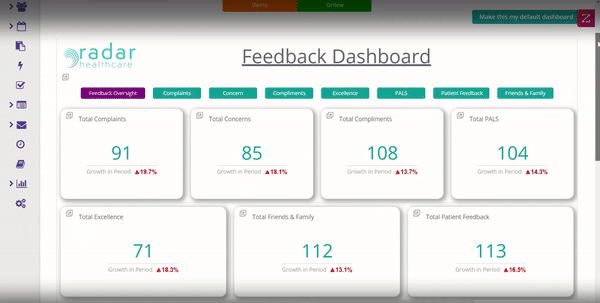
Julie explains, “Traditionally in the care sector, you’ll get positive feedback through letters, cards, people will make comments, there’ll be team meetings, residents’ meetings, relatives’ meetings where you are getting all this feedback from people. Now, before we had Radar Healthcare all of that was in the homes and everything was kept in various places that if you had the time and the willingness to search through, you could see all of that. But when we got Radar Healthcare, we created an event that was around positive feedback to collate all of this in one central place.”
Categorising Feedback for Better Insights
Now positive feedback is categorised by specific areas such as food quality or laundry services, allowing for detailed understanding and highlighting areas of excellence. Additionally, special projects like the end-of-life centers of excellence focus on specific types of feedback, enabling targeted improvements in care.
Moreover, Hallmark classifies concerns into three categories, ranging from serious complaints requiring external notification to minor issues.
Julie says: “To enhance our analytical capabilities and address areas of concern more effectively, we organise our feedback into various categories, enabling us to not only count the incidents in each category but also understand the subject matter involved. This classification is prominently displayed on our dashboard and, with the aid of Radar Healthcare, allows us to identify trends and formulate action plans to tackle these issues.
Radar Healthcare also greatly benefits our management structure; General Managers have access to data specific to their homes, Regional Directors can view information within their regions, and at the highest level, I have the capability to oversee the entire organisation. I can customise the dashboard to filter events either across the organisation, by specific regions, or by individual homes. This visibility has enhanced our governance practices, offering clarity and oversight across all levels of the organisation.”
Establishing a Culture of Positive Feedback
One significant achievement they have accomplished in logging positive feedback involves establishing a culture that underscores its importance and value, especially among general managers and home-based teams.
Julie continues: “During the Care Show London, I announced that one of our homes logged an impressive 1,000 pieces of positive feedback within the last 30 days and most of our homes in England have received nearly 150 pieces of positive feedback in the same timeframe. Despite some homes being further behind, the overall results are astonishing.
These records provide incredibly valuable data, not only showcasing the quantity of positive feedback we receive but also allowing us to categorise this feedback. This ability to identify what residents are particularly satisfied with is extremely powerful, especially for presenting this data to the CQC.”
Strategies Hallmark employs to translate feedback into actionable service improvements
The implementation of Radar Healthcare into Hallmark’s workflow has been pivotal in ensuring that our processes align closely with our policies, particularly in handling feedback. Their setup requires that each step of the feedback process, especially for negative feedback, adheres to a predetermined pathway outlined in our policy.
Systematising Responses with Radar Healthcare
Radar Healthcare guides users through the necessary steps, requiring completion of one before moving on to the next, thereby systematising responses to feedback and facilitating investigations into significant issues. The dashboard feature of Radar Healthcare enhances oversight by indicating any overdue steps and allows our regional team to monitor compliance efficiently.
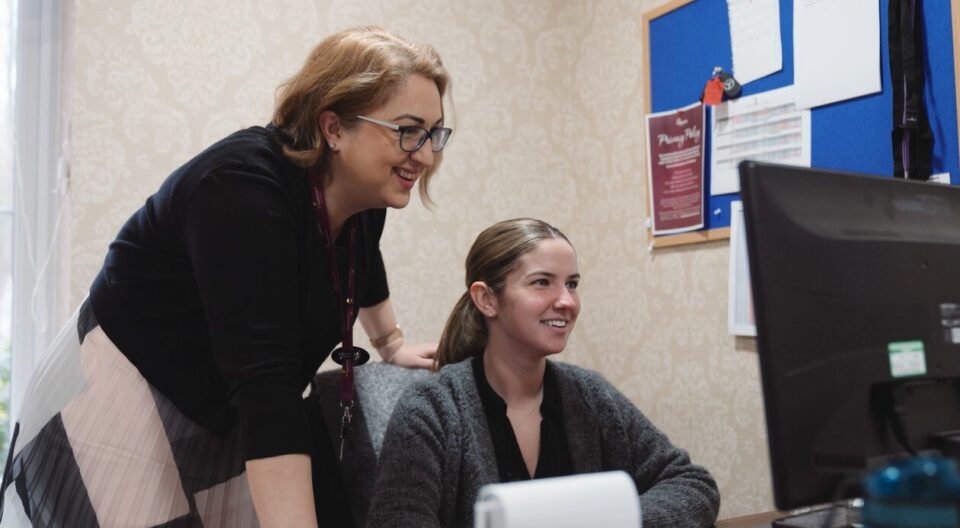
Improving Executive Oversight
From an executive perspective, these dashboards have also been instrumental in Hallmark reporting feedback categories to the board, aiding in the visibility of both negative and positive feedback trends, which is crucial for their Executive Leadership Team (ELT), especially considering the CQC assessment framework’s focus on positive feedback.
Julie says: “Before adopting Radar Healthcare, tracking feedback was cumbersome and less informative, reliant on Excel spreadsheets with limited visibility on the implementation of policies regarding negative feedback. Radar Healthcare has transformed this aspect by making the details of each step, such as acknowledgement letters and investigation reports, readily accessible and easily manageable.”
Customisation and Continuous Improvement
Throughout the implementation phase, Hallmark’s teams invested considerable effort tailoring the system to align with their specific policies and procedures. While Radar Healthcare is available to use out of the box, the team believe that the customisation has proven invaluable, offering the flexibility to adapt and refine processes. This flexibility has allowed them to adapt and refine processes to better suit their needs and achieve their goals.
Workflows within the platform are regularly reviewed every six months, allowing their teams to adjust and optimise to better suit evolving needs.
Julie comments: “The overall impact of Radar Healthcare has been profound, streamlining our response to feedback, enhancing visibility and compliance, and significantly improving our governance processes.”
The impact of feedback in relation to CQC regulations
The transition towards prioritising and systematising positive feedback within the health and social care sector, particularly in relation to the CQC framework, signifies a meaningful shift in approach that all organisations are navigating. However, the introduction of centralised systems for feedback collection, such as Radar Healthcare, can significantly help in this area.
Proactive Approach to Demonstrating Excellence
Julie says: “If people aren’t prepared and aren’t thinking through how they can best show the CQC the fantastic things that they are doing, they’re going to miss a trick because CQC are not going to go searching for it anymore. We’ve got to be aware of what evidence we’ve got to demonstrate outstanding care within those quality statements.”
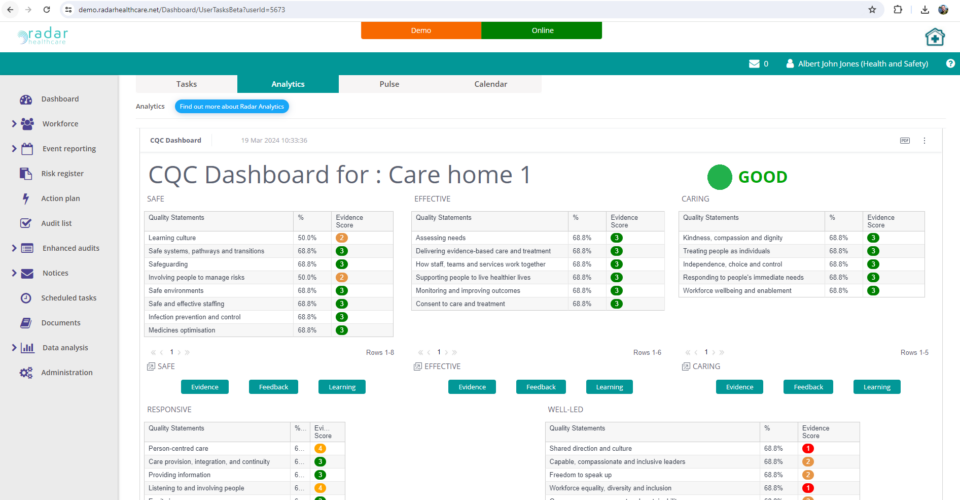
This shift necessitates a culture change within the care sector, where the onus is on providers to proactively showcase their strengths and the quality of care they deliver, rather than rely on regulators to unearth this information.
At Hallmark, new feedback initiatives are being implemented through the use of technology to collect and analyse data from multiple sources. This approach aims to strategically use feedback to improve services and showcase areas of excellence to regulatory bodies like the CQC.
Centralised Feedback Management
Julie explains how Hallmark are doing this, “Already we have mapped out all the feedback that we received from various sources and currently we know of 30 different sources by which we get feedback from people. We have explored each of those sources, we’ve identified how that feedback comes in, how we use it now, how we can better use it and how technology plays a huge part in that. We’ve got a project going on at the minute looking at how we can bring all this data that we’ve got from various systems together in one dashboard. We have got electronic care planning and electronic auditing, we’ve got platforms that sales and marketing use and Radar Healthcare etc. and most of them sit separately, so we need to bring them all together and our feedback strategy project sits within that.”
Responsive Feedback Mechanisms
The emphasis on capturing real-time, actionable feedback from various stakeholders, including residents, staff, and families, via accessible and immediate channels, indicates a move towards a more responsive and agile feedback mechanism. By focusing on detailed points of service delivery and comparing performance across different homes, the team can pinpoint specific areas for improvement and replicate successful practices, leveraging feedback as a tool for continuous improvement and accountability and not only just to meet regulatory expectations, and as Julie confirmed: “You’ve got to use this data as a method by which you can learn.”
